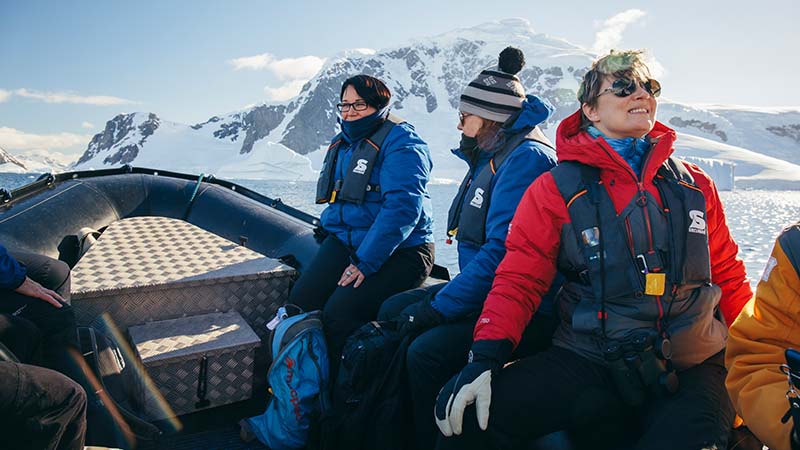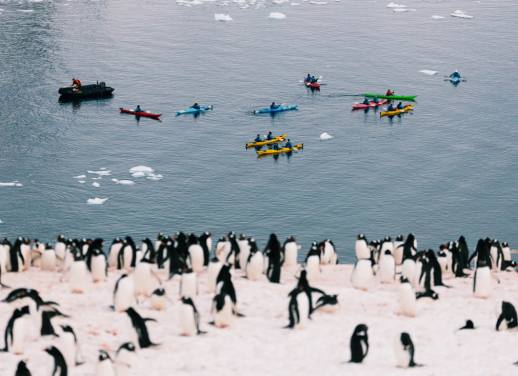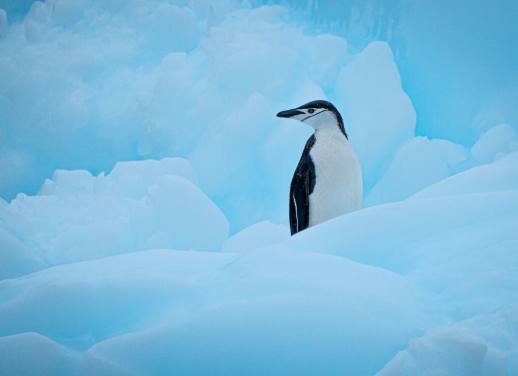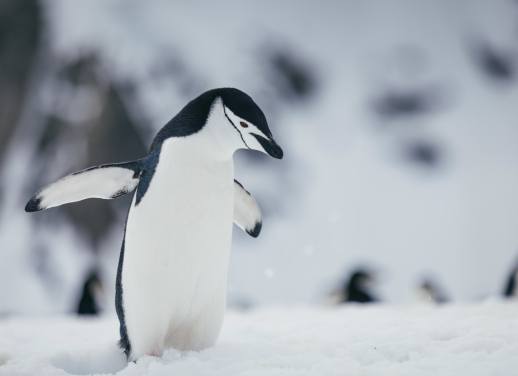You might think the highest, driest, coldest and most remote continent in the world would be immune to over-tourism. But Antarctic visitor numbers are on the rise (up 17% to 51,000 people in 2018). This is both good and bad news, and understanding why is a big part of being a responsible Antarctic traveller.
There are certain environmentalists that would say the best way to protect Antarctica is not to travel there at all. That, simply by visiting, you’re spoiling the very ‘unspoiledness’ that makes Antarctica special. It’s not a view we subscribe to. But there are certain things you can do to limit your impact and protect the polar environment.
Here’s our guide to being a responsible Antarctic traveller.
To go or not to go?
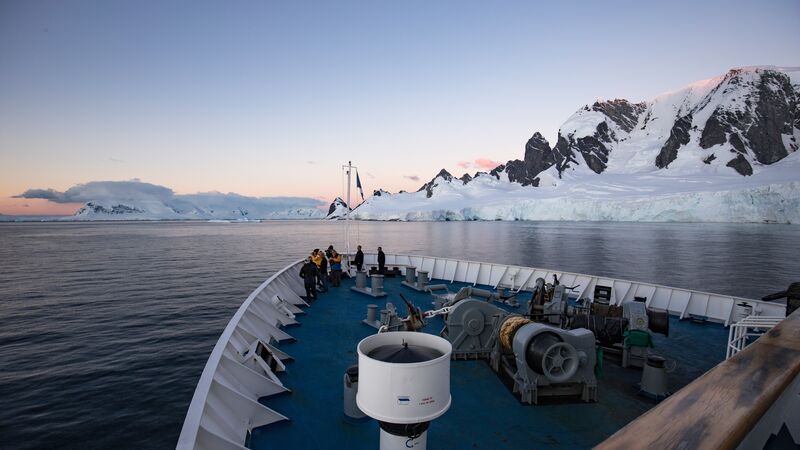
Let’s address the elephant in the room: should you go at all? That’s a decision everyone has to make on their own, and we’re not here to sway you either way. Some conservationists argue that greenhouse gases created by flying to Ushuaia and sailing to the peninsula are the very things threatening the Antarctic ice sheet. And that’s true. Of course, that’s true of any flight, and any journey, anywhere in the world. And there are steps you can take to limit that impact, like flying with an airline that offers carbon offset programs.
The counterargument, which many polar scientists make, is that Antarctica has a unique capacity to change and educate people about the environment. Almost a mystical force. Turning average travellers into passionate advocates against climate change. “You want people to go away as ambassadors, and a lot of them do,” says marine scientist Charlotte Caffrey. “A lot of these voyages are life-changing. We’ve had people go home and change their car to electric, or even change their profession.”
Ultimately, it’s your call. We’ve always believed in the power of travel to educate and inspire people, so we’ll keep leading Antarctic expeditions. But that doesn’t mean we’re not always looking for new ways to offset our impact (you can read more about Intrepid’s carbon policy here).
Limiting the impact
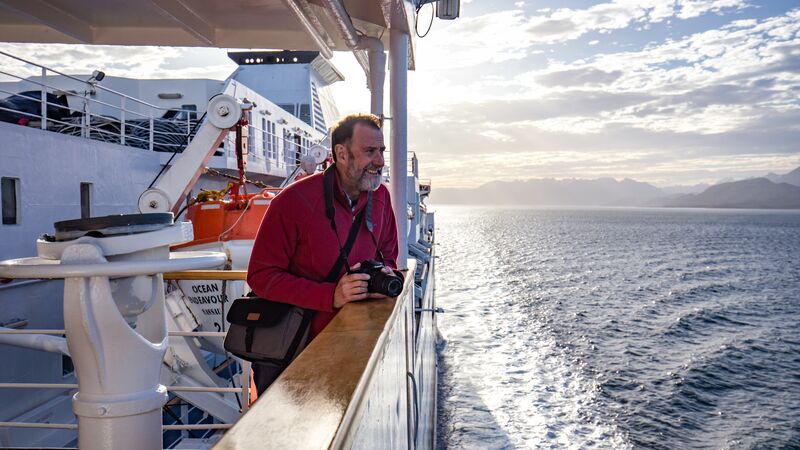
Antarctica is probably the only place on Earth where responsible travel isn’t just advised – it’s compulsory. Here’s how it works: tourism is currently concentrated in 2% of the Antarctic (the Antarctic Peninsula) and runs for five months of the year. About 50,000 people visit each year, and around 10,000 of those never set foot on land. Tourism in Antarctica is overseen by the International Association of Antarctic Tour Operators (IAATO), which was created in 1991. They work alongside the Antarctic treaty to register tour operators and maintain strict environmental standards (we’re registered through our Antarctic partner, Chimu).
You’ll learn more about these standards on your trip, but it’s good to know that tourism in Antarctica, while growing rapidly, it still controlled: operators cannot land more than 100 people on the ice at any one time and there are only 60-odd vessels registered to bring tourists to Antarctica.
RELATED: POLAR POINTERS: ALL YOUR ANTARCTICA QUESTIONS, ANSWERED
Travel tips for responsible travel in Antarctica
Your Antarctic trip leaders will run through all the rules for safe and responsible travel (they take these things very seriously), but here’s some basic info to get you started:
1. Wildlife
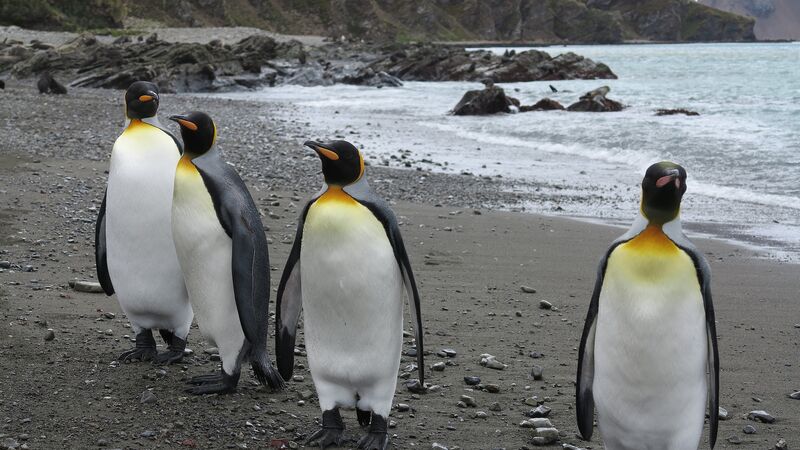
As a general rule, try to stay at least five metres (15 feet) away from any birds, seals or other wildlife. Keep noise down when you’re on the ice, and watch your positioning as a group – don’t surround the animals or cut off their access to the sea. Touching or feeding Antarctic wildlife is strictly prohibited. Of course, the animals themselves don’t know these rules, and they can get inquisitive. That’s fine – if a penguin waddles up, you don’t have to run screaming the other way. Just back up a little and give it some space. Here’s a more comprehensive wildlife guide.
2. Decontamination
Antarctica is pristine – perhaps the only environment on Earth that exists in perfect isolation – and tour operators are obliged to keep it that way. Foreign contaminates like seeds, plants, soil or bacteria are a massive threat to the ecosystem. That’s why you’ll be given special boots for all shore excursions. These get decontaminated after every visit, and you won’t be allowed on the ice without them. Check out some decontamination tips here.
RELATED: WHAT TO PACK FOR A TRIP TO ANTARCTICA
3. Leave nothing behind
It probably goes without saying, but don’t leave anything behind on the ice, and certainly no rubbish. Don’t engrave anything on the rocks or take anything back with you, as tempting as an Antarctic souvenir might be – that includes rocks, eggs, egg shells, fossils, or even man-made items. Also, be careful of the plants. Some rocks on the Antarctic Peninsula are covered in delicate moss and lichen that can take years to grow back – so watch where you step.
RELATED: WHY ANTARCTICA IS AN AMAZING DESTINATION FOR SOLO ADVENTURERS
4. Photography
Flash photography isn’t allowed around the animals (it might spook them), so keep that in mind. Otherwise you’re free to take as many pictures as you like. Just remember the animal guidelines above – most Antarctic travellers will advise investing in a good long focus lens. You can zoom right in on the animals, while staying safely out of their way.
5. Research
The best thing you can do to help Antarctica? Do your research. Only travel with member of the International Association of Antarctic Tour Operators (you can search the member directory here). Read up on the IAATO’s visitor guidelines. Learn how to wash your boots properly. Read articles on Antarctic tourism and be aware of the issues. Donate to the Scott Polar Research Institute. Most of all, become an Antarctic ambassador – use this trip to change your day-to-day routine and educate others about the polar environment. That’s the real power of being an Antarctic traveller.
Find out more about our expeditions in Antarctica, explore here.

